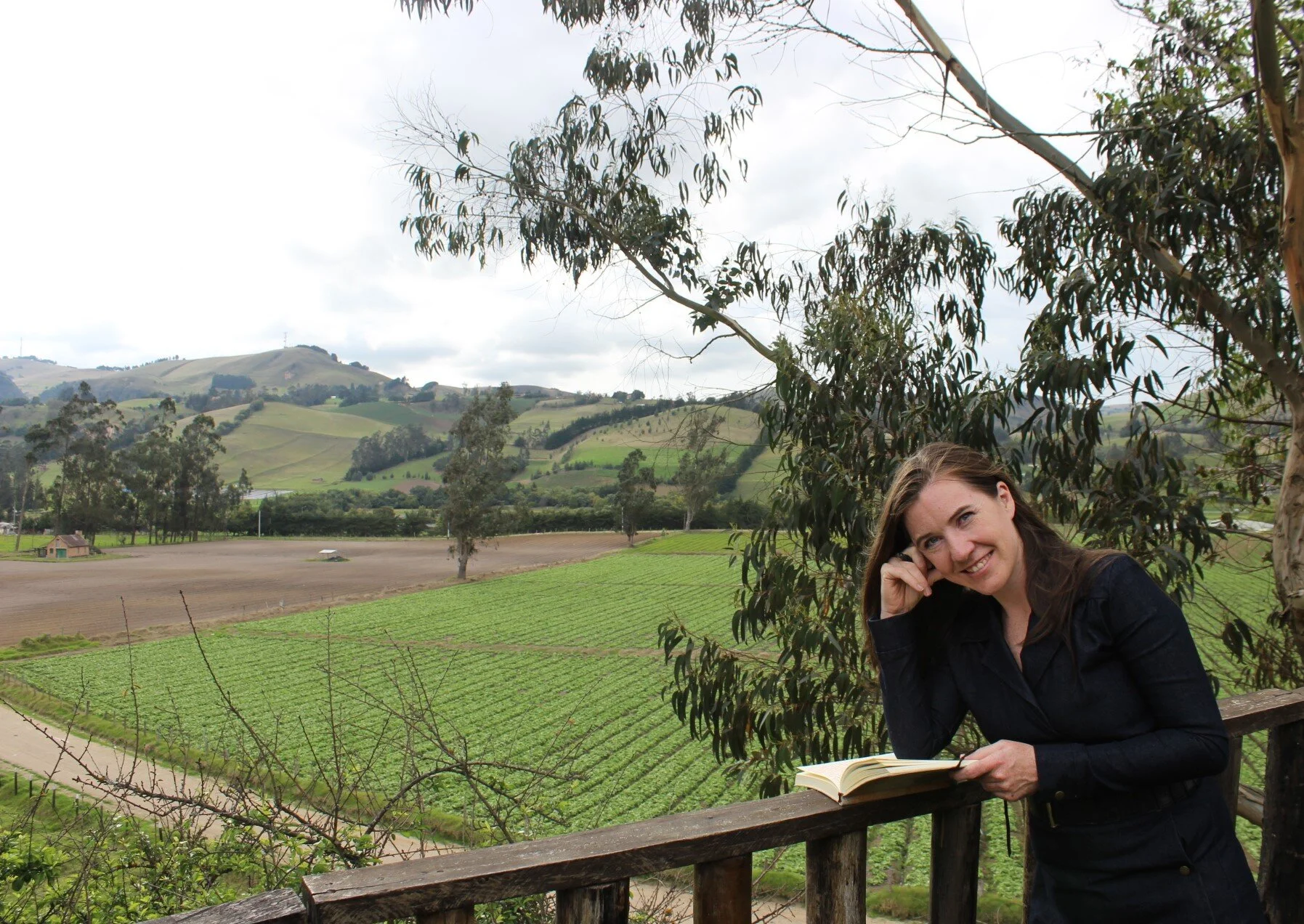The Key to Social Media for all Story Writers (especially fiction)
/There are so many opportunities for writers in social media. These platforms are created for word play. And yet, so many of us writers are baffled as to how to incorporate our craft into this medium that now has more users and views than TV.
And it’s interactive!
And it’s free for everybody!
I’ll never forget the day I had the opportunity to meet one of the most influential writers in my life, Nicole Krauss. I had the opportunity to tell her how much her book affected me. She responded that she rarely got to see the impact her work has on readers.
Well, all that is changing, and social media is the perfect place to develop those relationships.
In fact, you can grow your audience even before you finish your book, by giving your audience a taste of what you’ve been working on.
One of my favorite forms of writing is the vignette or flash fiction. You choose a number of words, from 10-1000 and create the full experience of a story. If you’re writing non-fiction or memoir, this is extremely important, because you can communicate anecdotes from your experience in the space of a caption.
Nothing connects and teaches as much as the power of story. If you’re creating a vignette, you need three elements:
1. A character
2. A feeling
3. A change
Here’s a super short example by Linor Goralik from last year’s flash fiction series in the New Yorker.
. . . Let’s say a little boy, hanging on his mother’s arm right in the middle of Moscow’s Rizhskaya Station, says in a confidential whisper: “Mama, I don’t wanna be the person you’re raising me to be anymore. I want to scream in the metrooooooooo-aaaaaaaaaaa!”
It’s got a:
1. Character: The Little Boy
2. A Feeling: Rebellion
3. A Change: He let’s go of his mom and screams. Surprise!
And you can see, how with just those three elements, the reader walks away with an experience and a message. No one needs to preach in order for the sentiment to be understood, the combination of character, feeling and change makes a tangible statement.
Here’s the link to Goralik’s story, start to finish:
And another classic by Jamaica Kincaid:
I’ll admit, I haven’t been doing much of this myself because I’ve been so focused on non-fiction lately, but it’s also a fun opportunity to share some of my own work.
I’ll actually be taking this down after this week, because the story is owned by the magazine Midwestern Gothic. But I thought it might be fun for the moment. No harm no foul.
To put this in context, I’m going to go into a lot more depth in the course: Turn Your Social Media Calendar into a Book, set to come out at the end of this month. But in the meantime, I want to close with a few tips.
The key to any form of social media is to have fun and form relationships. People can feel that forced energy of an agenda like, look at me, follow me, read me, vs. playful sharing, having fun and giving people a peak into your life.
If you want to play with this technique of sharing vignettes, it will work better if you address your audience first. For instance, “Lately I’ve been playing around with this weird character…” or simply “Finally got time to write this weekend and wanted to share….”
The possibilities are endless, for finding friends, beta-readers, agents etc. Now, more than ever, there’s an excellent opportunity to make your mark as an author, while you’re still ahead of the crowd. Right now, entrepreneurs and “authorpreneurs” (such as myself) are seizing the opportunity of a direct connection with readers. However, change happens fast, so if you want to create content that grows and engages your audience, check out the course Grow Your Tribe of Readers.

